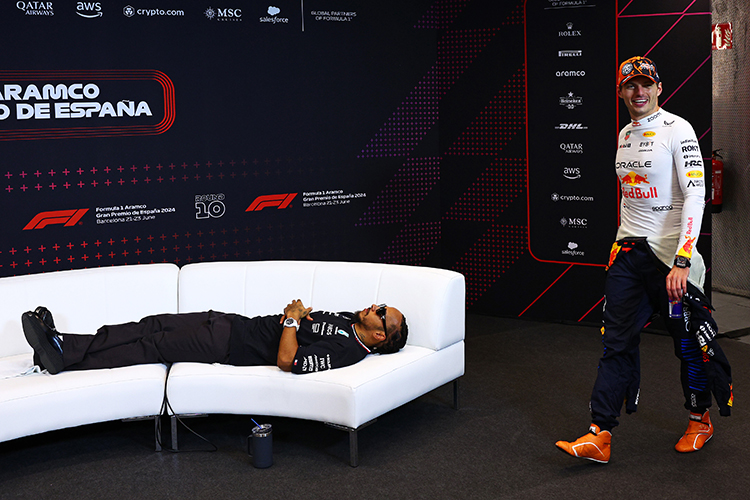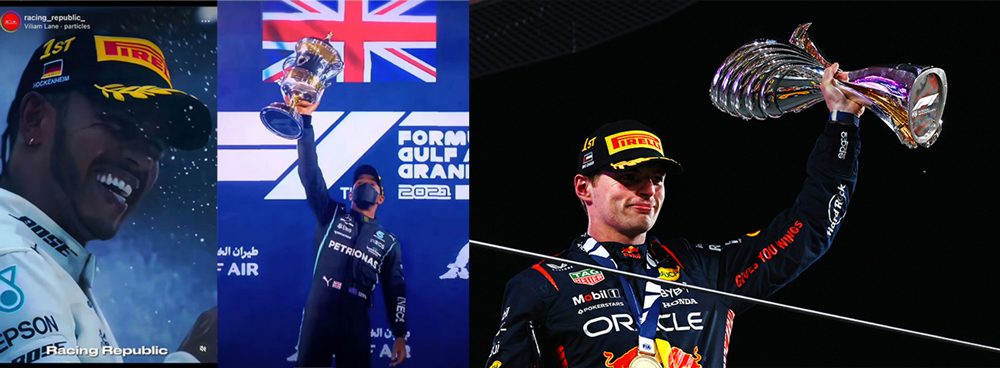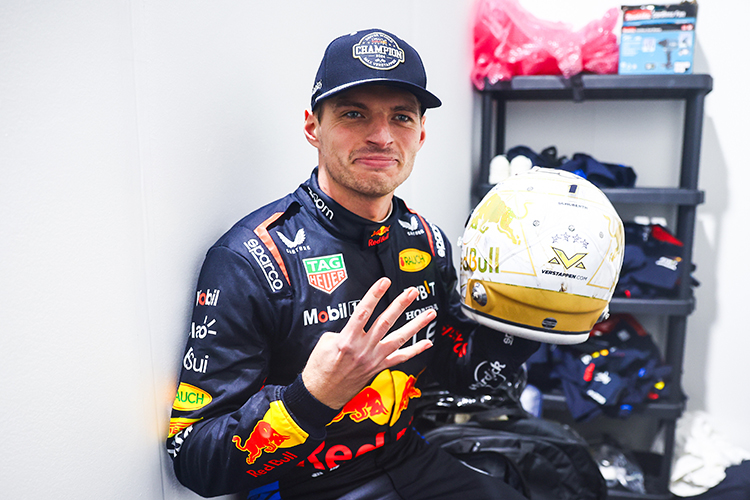Christian Horner calls for circuit changes to revitalize racing at Monaco
Christian Horner Proposes Monaco Circuit Changes to Boost Overtaking
Red Bull team principal Christian Horner has proposed adjustments to the layout of Monaco's iconic Formula 1 circuit to address longstanding concerns about the lack of overtaking opportunities at the event. Despite the introduction of two mandatory pit stops in this year's race to spice up strategy, the spectacle still fell short, drawing heavy criticism from fans and drivers alike.
Speaking after Sunday's Monaco Grand Prix, Horner pointed out that the core issue remains the track itself, which has struggled to accommodate modern Formula 1 cars and their growing size. The tight constraints of the street circuit severely limit overtaking opportunities, leaving little room for wheel-to-wheel combat.
"I think the only way to really encourage any form of overtaking is by trying to create a bit more of a braking area, either on the exit of the tunnel or Turn 1," Horner said. "If there was any way of creating a longer braking zone somewhere, we should really investigate it. The cars are so big now that you just don't have a chance to get alongside."
Monaco’s Historic Challenges
Monaco's street layout has remained largely unchanged since the inaugural Grand Prix in 1929, but modifications have been made over the decades, primarily for safety purposes. Many of these changes were facilitated by Monaco reclaiming land from the sea in the harbor area. Despite eight major revisions to the track, the narrow streets and sharp turns remain a bottleneck for racing action.
Horner suggested that future updates to the circuit should focus on fostering overtaking opportunities, while still preserving the event’s historic appeal.
"I think everything has to move with the times ultimately," Horner said. "It's an iconic and historic circuit, but if you look at how Monaco has changed—how much land they've reclaimed into the sea over its 72 appearances here—I don't think you'd need to do too much. There just needs to be one area where you can have an overtake."
Mandatory Two-Stop Strategy Falls Short
The introduction of mandatory two-stop strategies was meant to add a tactical layer to the race, but Horner noted that it did little to shake up the grid. After qualifying, the race was essentially decided, as position changes beyond the top ten were rare, barring retirements.
"The pit stop dynamic didn’t really change much," Horner commented. "At least for the top 10, positions mostly stayed the same. Ultimately, the race was pretty much done yesterday during qualifying."
Future Technical Changes and Skepticism
Next year’s technical rule changes will see Formula 1 cars become narrower and shorter, a development that could marginally improve the racers' ability to maneuver around Monaco's unforgiving layout. However, Horner remains skeptical about whether that alone will make a substantial difference.
"Maybe [if they were] go-karts!" he joked, acknowledging the challenges of running modern race cars on such a constrained circuit. "These cars are just too big for this track; you can barely get them side by side. But everything has to move with the times at one point."
Monaco’s Heritage and Prestige
Despite constructive criticism, Horner reiterated the importance of Monaco's heritage within Formula 1, emphasizing the event's prestige and the efforts of its organizers to make the race a success every year.
"The marshals are fantastic here; they put on a great event," he said. "It would just be really cool to have at least one area where there was a chance of an overtake. Even in Formula 2 and the support races, it's very similar."
As discussions about the future of F1’s most iconic street race continue, Horner's comments may ignite fresh dialogue about how Monaco can innovate without losing the tradition that sets it apart.
Up Next



